
5 minute read
PEI-Genesis - Operational success with reverse bayonet connectors

Why reverse bayonet connectors are so reliable in challenging applications
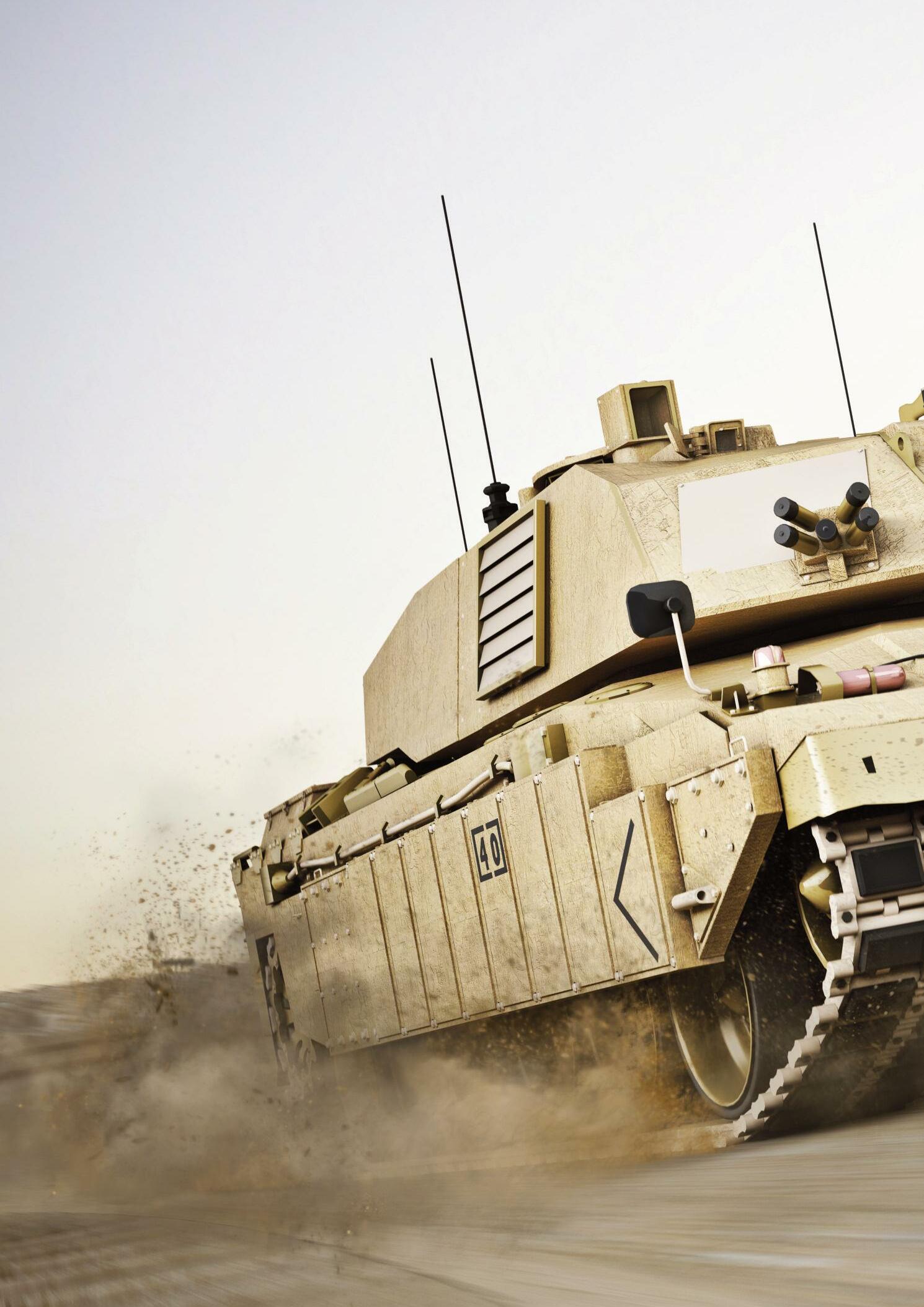
In applications like military and commercial transportation, electrical failure can be costly. This is why engineers working in these environments need reliable electrical components to ensure successful operational outcomes. Here John Skinner, European Product Manager at electrical connector specialist PEI-Genesis, explains how reverse bayonets gained their stellar reputation as reliable and robust connectors for challenging applications..
Eastern dessert or driving around the Baltic States, operational effectiveness relies heavily on reliable, robust and rugged electrical components to transmit electrical power and signals.
Reverse bayonet connectors are typically used in military, commercial transportation and industrial applications because of their relatively low cost and highly reliable design. Where intense vibrations are common for connectors used in these industries, operators need assurance that they can withstand any challenge.
So, what is it about reverse bayonets that make them one of the most dependable options for these industries?
Quick positive coupling
In mission-critical applications, reliability is crucial. Any coupling and decoupling system needs to be simple and efficient and must provide excellent resistance to shock, vibration and environmental contaminants to ensure the continued performance of the connector.
Originally designed for NATO combat vehicles, reverse bayonet connectors simply need a 120° turn to mate, enabling fast and effortless mating and un-mating. Their design also allows the user to confirm mating in three different ways: tactile, audible and visual. The user feels the connector lock into position when mated. A loud click is heard as the three studs snap into place when the coupling nut is fully engaged.
Additionally, a coloured triangle on the receptacle aligns with a dot on the coupling nut when the connector is properly mated. These simple design features ensure that the user can be confident the connector is mated, and significantly reduces the risk of accidental de-coupling. If, for example, reverse bayonets are being used in the communications equipment of a military vehicle, accidental decoupling due to user error or excessive vibration could be detrimental to safety.
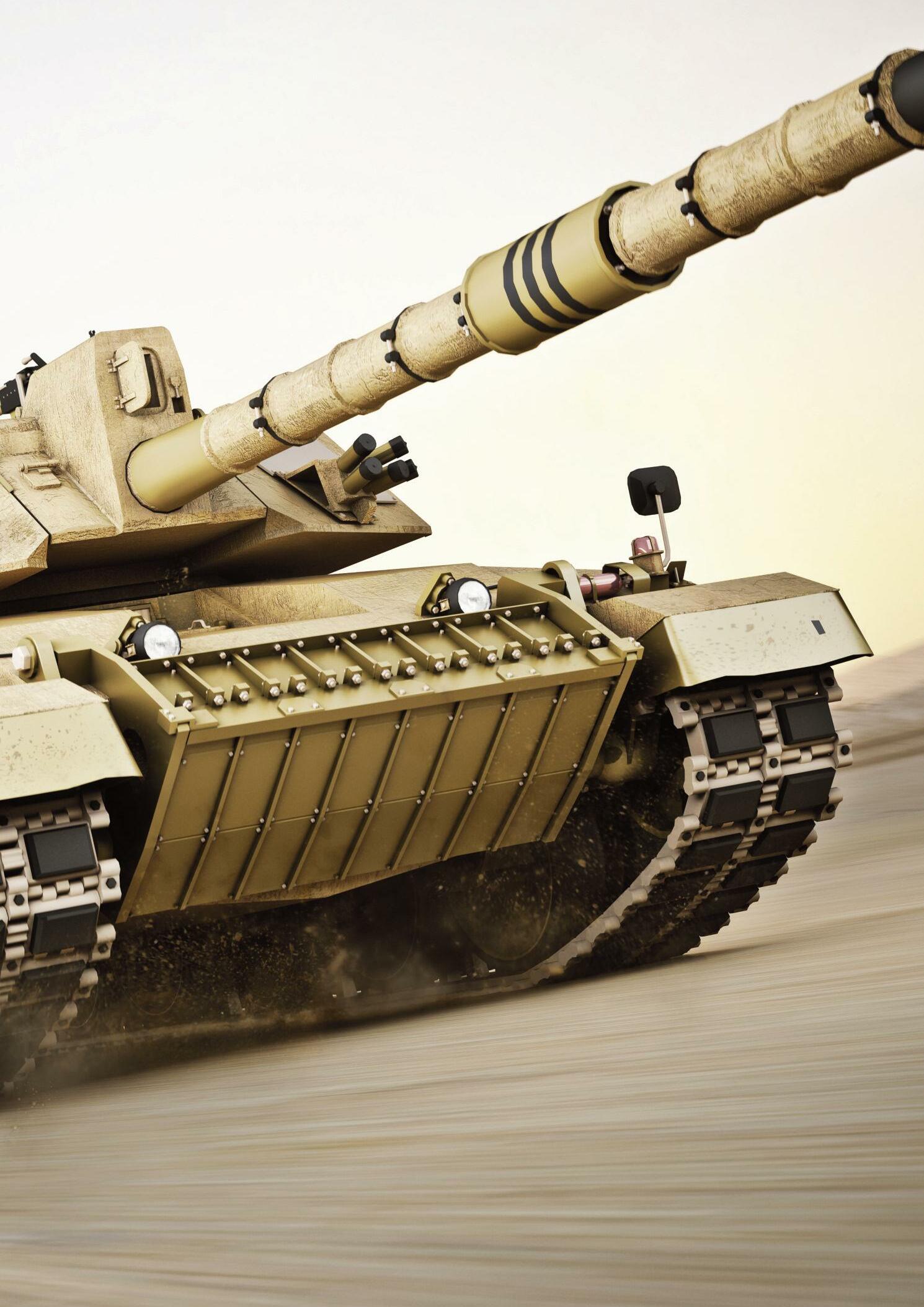
The O-ring, wave spring and washer
Reverse bayonet connectors come with either an O-ring and/or a wave spring and washer. Wave springs are specified in VG95234 and rail-specific reverse bayonets while O-Rings are used in commercial variants. These components provide the resistance when the user connects the plug to the receptacle and twists the coupling nut. The resistance gives a positive mating and prevents vibrations from making the connector loose. O-rings also ensure IP67 protection when connectors are mated.
A standard reverse bayonet connector has a mating cycle of 500 times without any decrease in performance. However, some ranges feature a wear pin on the receptacle, which increases the mating cycle to 2000 times. Not only is it better value for money to increase the lifecycle of a connector, but operators are also guaranteed high performance for longer.
Resilience and versatility
Above all else in harsh environments, resilience and versatility are vital. Reverse bayonet connectors offer reliable performance over a temperature range of -55 to +125 degrees Celsius as well as offering excellent shock resistance and IP67 protection when mated.
To achieve this, reverse bayonet connectors use insulators and grommets made from chloroprene. This synthetic rubber is extremely durable, is a good electrical insulator. This is important in commercial transportation, military and industrial settings where varying temperatures and exposure to environmental contaminates are common. For some rail applications, specialised “low-smoke” inserts are used that comply with rail industry flammability standards.
A trusted partnership
Reverse bayonet connectors have earned their reputation for being durable and reliable over the years, and it’s clear to see why. All that’s left is to choose an equally reliable supplier to assess your application demands and work towards finding the right solution. PEI-Genesis has a lead time of 48 hours on select connectors from the moment you place your order and offers customers connector accessories that aren’t typically included with OEM.
By franchising with connector manufacturers like Amphenol and ITT Cannon, customers are provided with a full and varied range of reverse bayonet connectors for plethora of applications. Whether you operate in the rail industry or aviation, PEI’s dedicated and experienced engineering teams will pair you with a solution that is right for you.
To learn more about the range of reverse bayonet connectors that PEI-Genesis supplies, visit the website at
www.peigenesis.com.
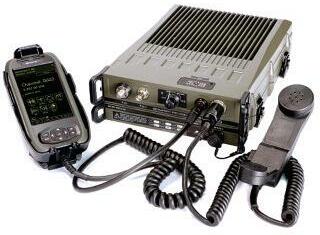



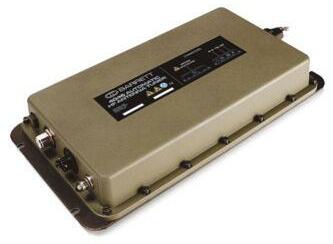

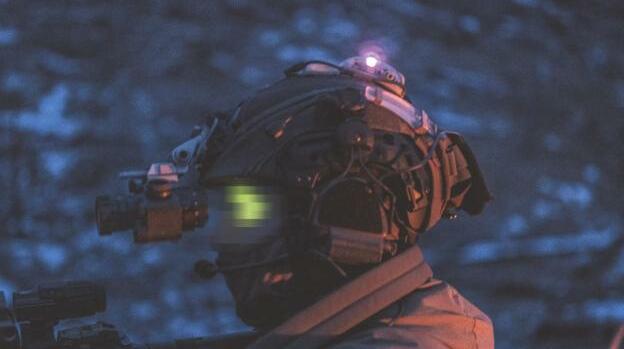
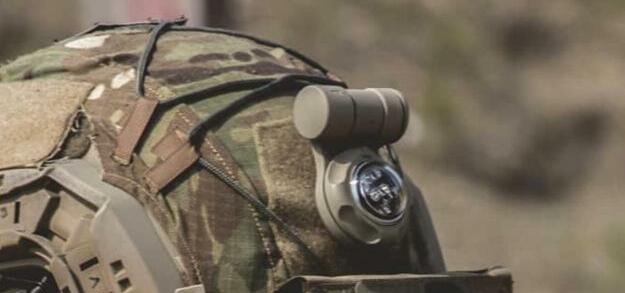

www.gocct.com

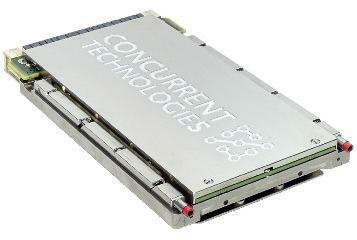


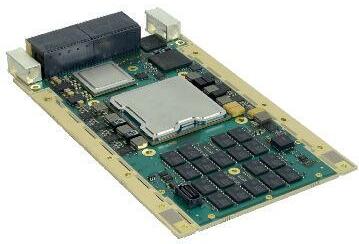


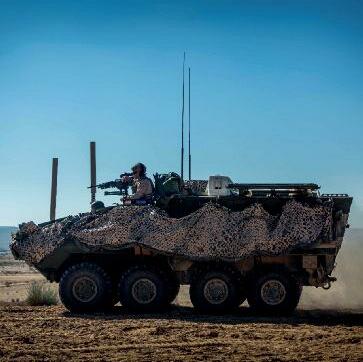
Providing Powerful Processor Solu ons for your Cri cal Applica ons
Assured Posi on, Naviga on & Timing Card
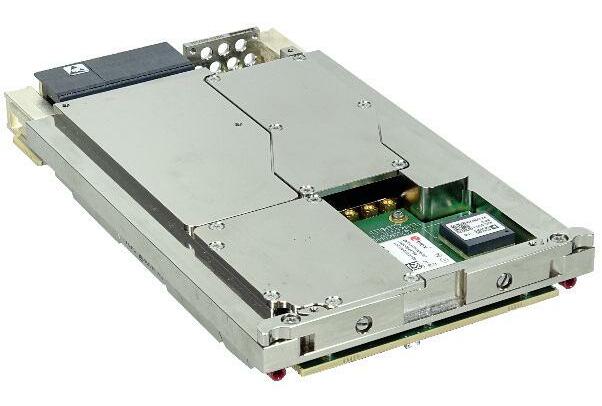
Designed in alignment with the SOSA ™ Technical Standard, PR A11/61d-RCR provides resilient PNT data for sensor based solu ons that are used in Electronic Warfare and Intelligence, Surveillance and Reconnaissance applica ons. As a key differen ator, PR A11/61d-RCR is ITAR free and is designed and built in the UK u lising technology licensed from Racelogic, another UK company specialising in posi oning data.
In normal opera on, PR A11/61d-RCR sources highly accurate PNT data from a built in GNSS receiver and uses this to discipline a Chip ScaleAtomic Clock (CSAC). This, in turn, feeds radial clock signals to the signal processing plug in cards that make up a VPX based sensor subsystem. In periods of GNSS denial or jamming, accurate PNT data con nues to be provided by u lising signals from a built in Iner al Measurement Unit and sophis cated Kalman filtering techniques. The ming slot on most commercially available backplanes supports one or two 10GBASE-KR pipes and PRA11/61d-RCR is controlled using one or other of these pipes. Bussed clock signals are also supported for backwards compa bility with olderVPX systems









